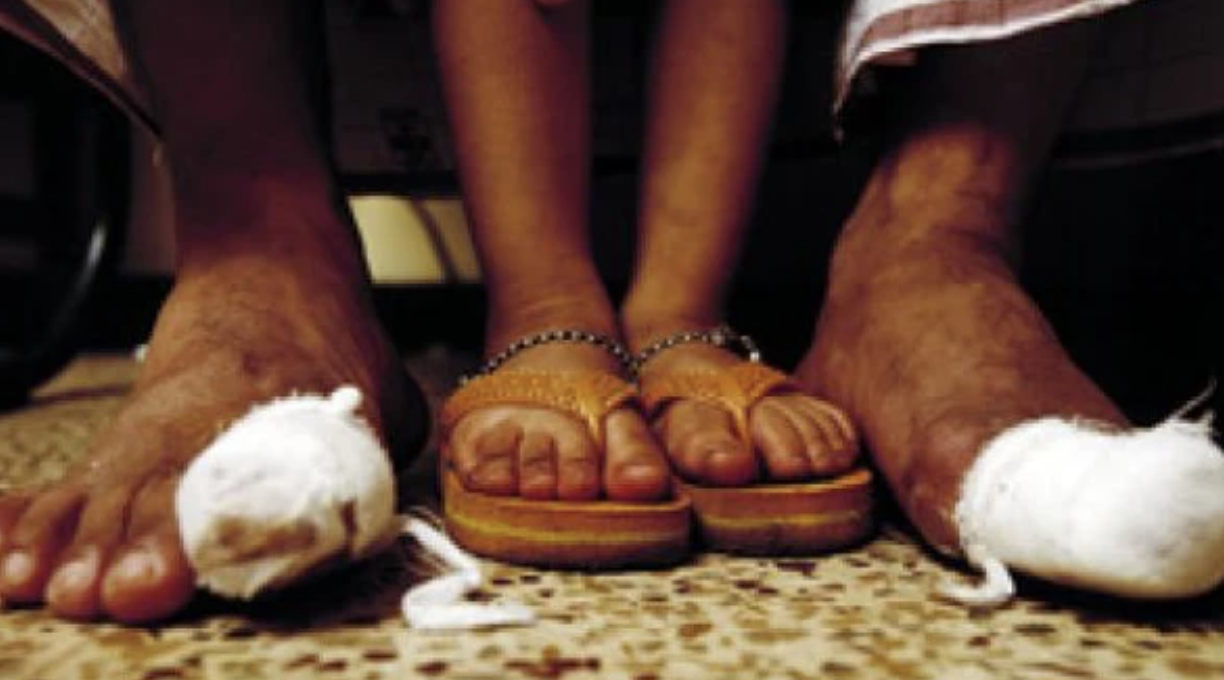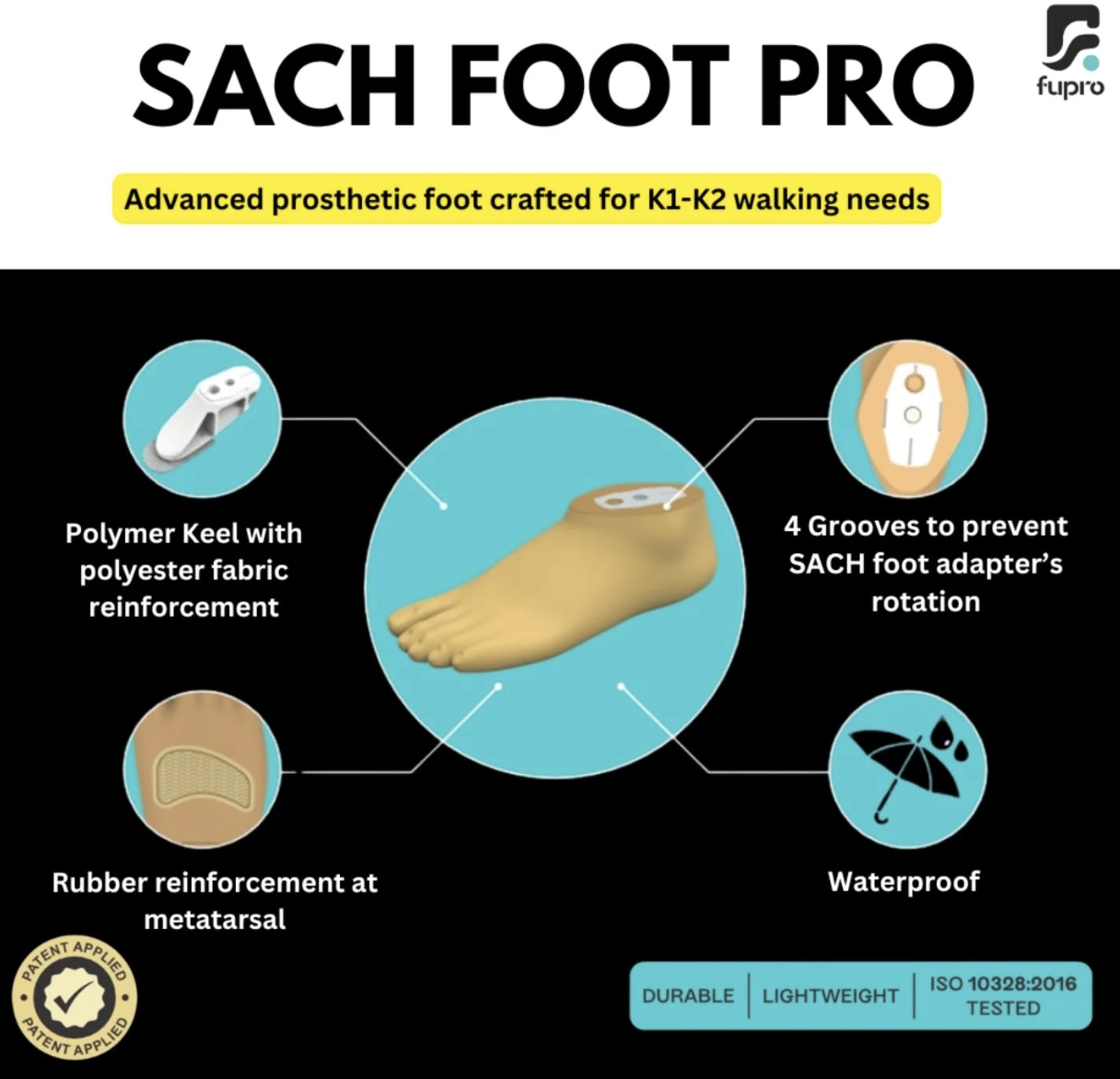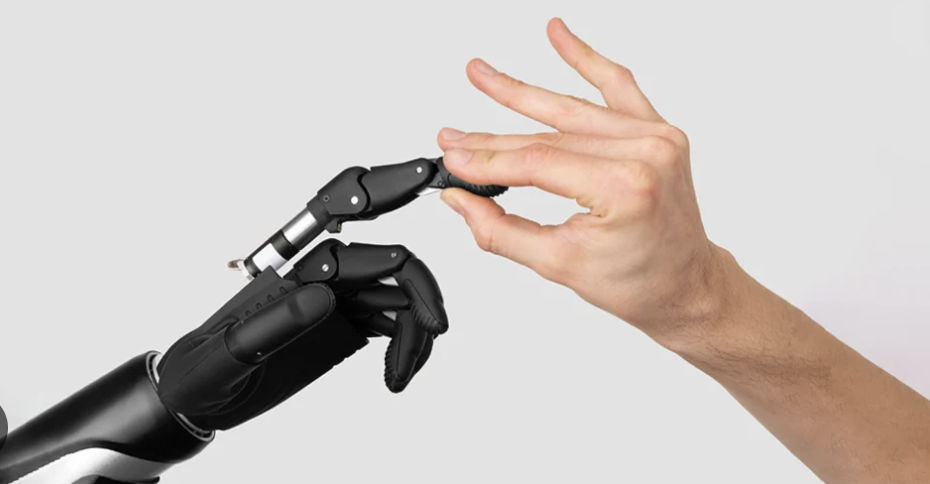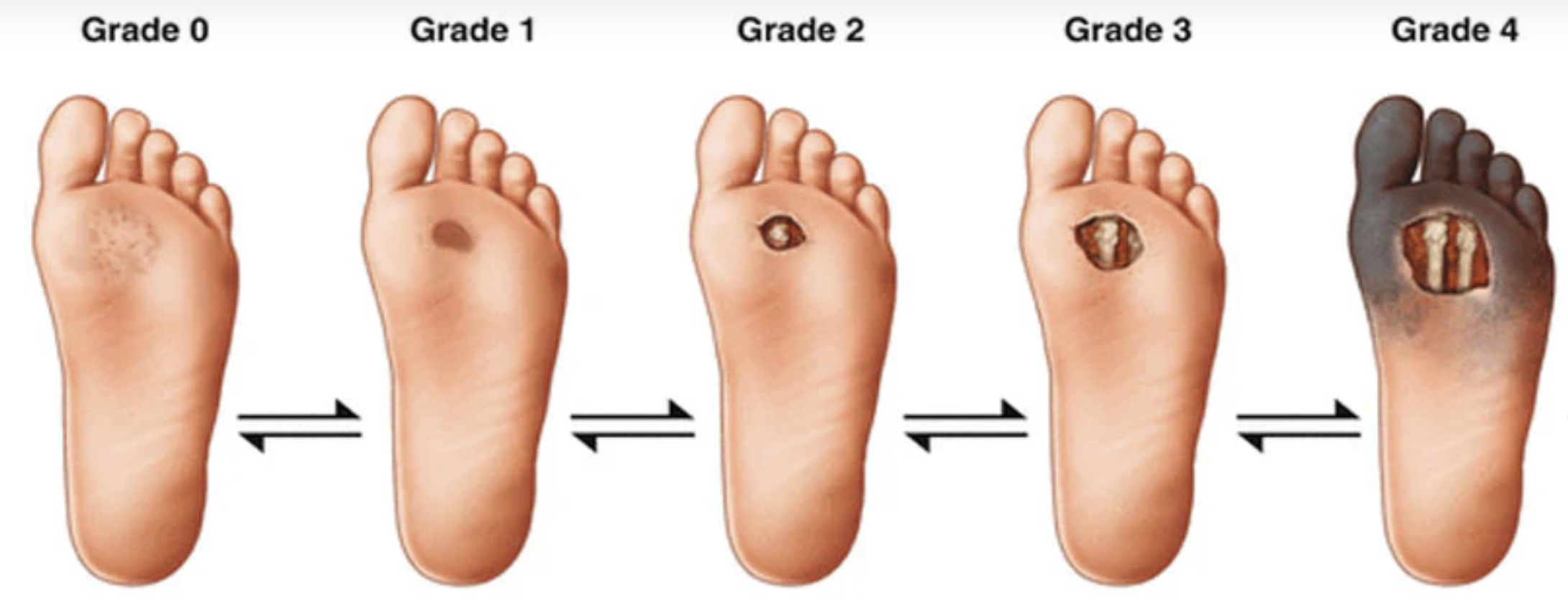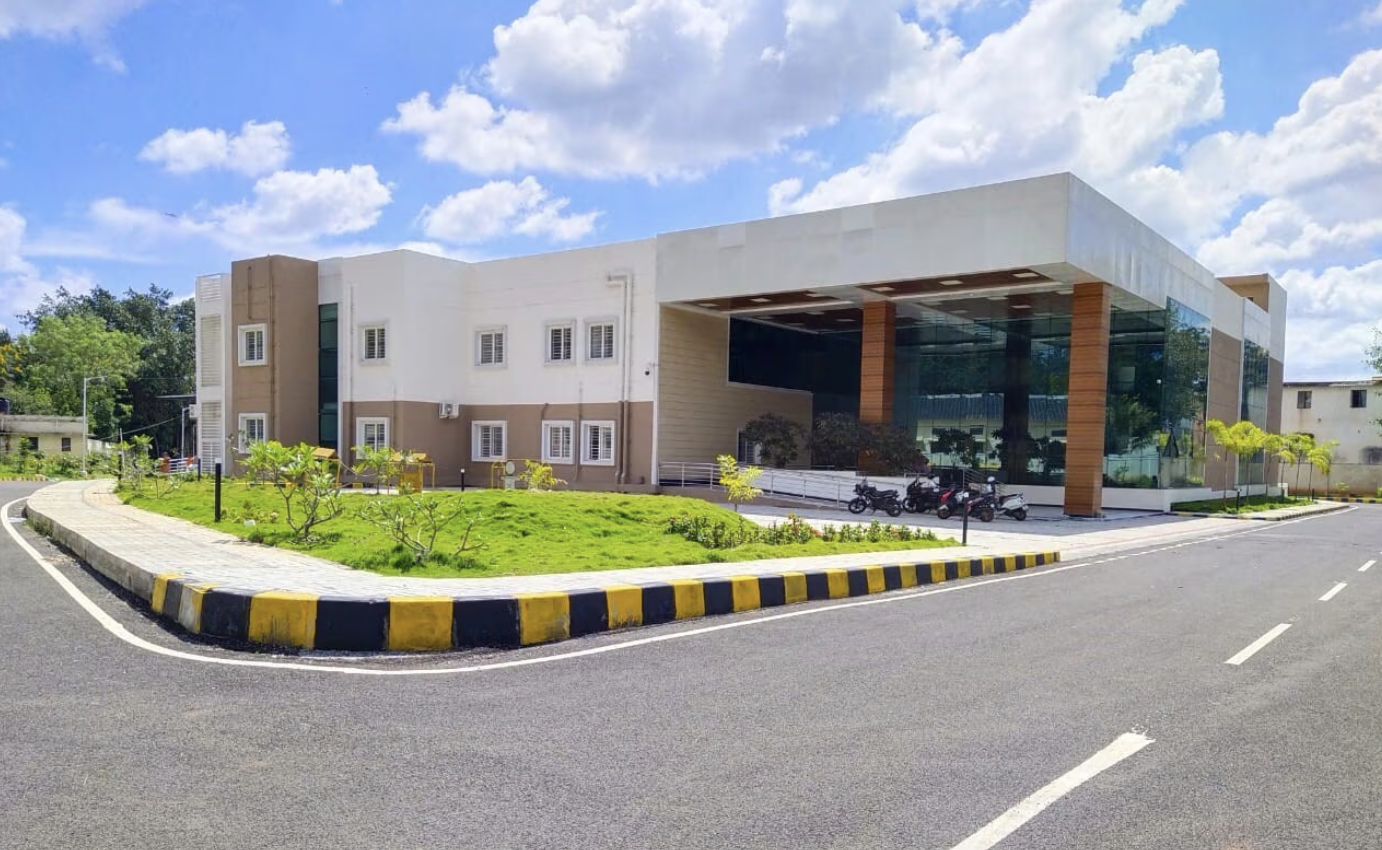As diabetes diagnoses steadily rise in the country, Bengaluru’s doctors are witnessing an uptick in severe complications, particularly diabetic foot. City doctors note there has been an increase of over 20% in such cases following the Covid pandemic. Many of these complications go unnoticed until they escalate, putting patients at greater risk of serious infections and limb loss.
Dr Krishna Chaitanya, lead consultant — vascular and endovascular surgery, Aster CMI Hospital, told TOI he se- es a minimum of 500 cases of diabetic foot a month, of which 20% lead to minor amputations. Before Covid, he was seeing only about 150 such cases a month.
“In Bengaluru, where 14% of the population is diabetic, the incidence of diabetic foot has risen significantly over time. Many patients who come to hospital with symptoms have already developed severe infections, often requiring minor amputations. This happens because by the time they’re diagnosed, they’ve already lost sensation in their feet and the wounds or ulcers have progressed too far for effective treatment,” he explained.
Dr Sanjay Sharma, podiatric surgeon, explained to TOI how diabetic foot occurs. “In diabetes, the key issue is the cells throughout the body lack proper nutrition, which leads to degeneration of vital organs. This is because glucose, the primary energy source, remains in the bloodstream rather than being absorbed by the cells where it’s needed. Nerve cells, which require large amounts of glucose, are particularly vulnerable. When glucose doesn’t transfer from the blood to the nerves, they begin to die off, leading to nerve damage.”
The brain takes priority when it comes to glucose supply, leaving areas like feet last in line. “This lack of proper microcirculation and nutrition in the foot’s nerves leads to conditions like diabetic peripheral neuropathy, which affects nearly 50% of diabetics. In essence, the nerve and blood supply issues compound, leading to the condition known as diabetic foot. We see at least 80 patients a day at KIER,” Dr Sharma said.
The five Footsecure Clinics, founded by Dr Sharma in Bengaluru, see 40-50 diabetic foot cases every day.
More vascular cases
Diagnosis of diabetic foot cases is changing and doctors attribute it to many patients missing regular consultations, leading to more severe complications. “Over the years, we’ve observed a shift in types of cases. Previously, most patients exhibited neuropathy, where they experienced a loss of sensation in the foot. Now, we’re seeing more vascular cases, where blood flow to the foot is obstructed,” Dr Anusha Nadig, consultant in Endocrinology at Fortis Hospital, said.
“Unfortunately, awareness about diabetic foot remains alarmingly low,” Dr Nadig said. “The few patients who’re knowledgeable typically have seen or known someone who required amputation due to untreated wounds. Out of every 10 patients I treat, six come to me after exhausting home remedies, only to discover it’s too late for simple interventions. Early medical attention could have made a significant difference in these cases.”
